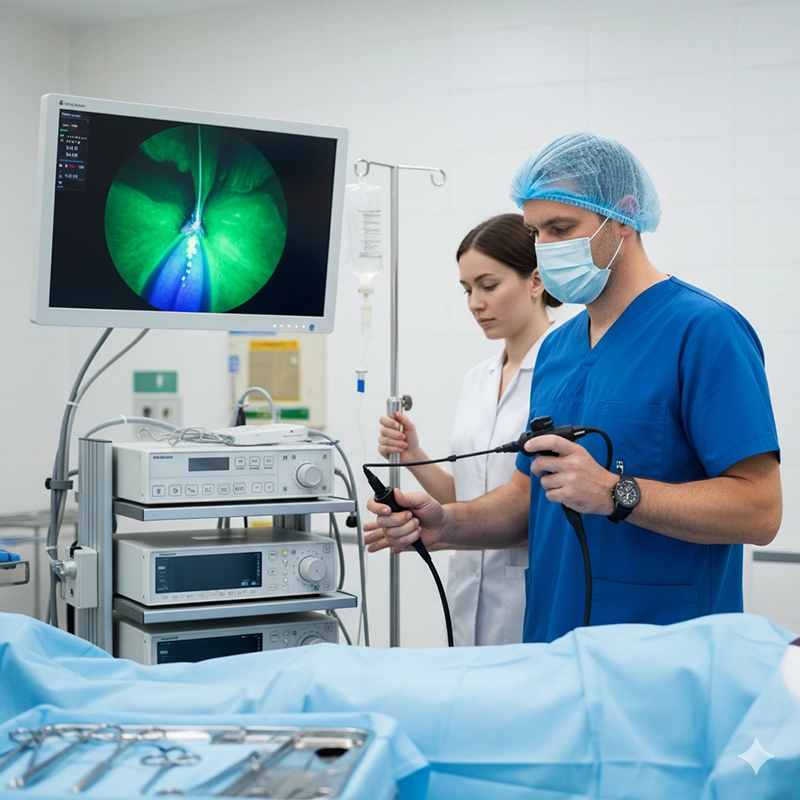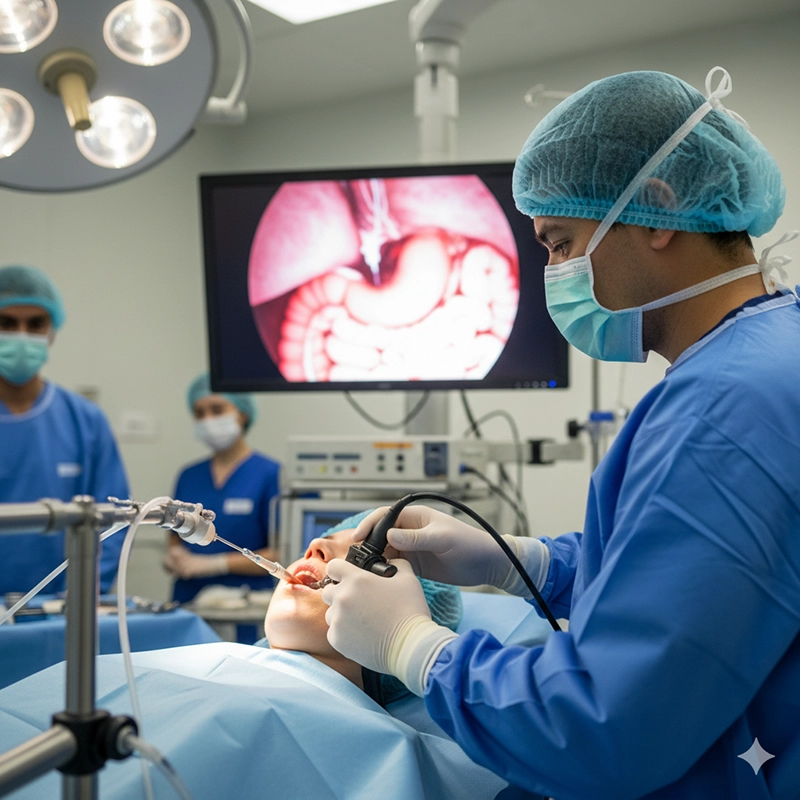Table of Contents
In the past, cystoscopy was a delicate and sometimes uncomfortable procedure, relying on basic optical tubes and dim illumination. Surgeons had to interpret blurry shadows inside the bladder and urethra with little assistance from technology. Today, the story is different. The XBX cystoscope has transformed urological imaging into a precise, comfortable, and reliable process that benefits both clinicians and patients. It is not just a device—it’s a redefinition of what visual clarity means in modern urology.
Earlier cystoscopes were built with rudimentary glass lenses and incandescent bulbs. Image distortion, limited brightness, and frequent maintenance were part of everyday practice. The XBX cystoscope changed that by integrating 4K digital imaging sensors, medical-grade LED illumination, and refined optical coatings that produce consistent, lifelike visuals of the urinary tract. This leap in technology allows doctors to detect small lesions or inflammation long before they become major complications.
Optical components are aligned using robotic calibration systems to maintain focus accuracy across the entire field of view.
LED illumination provides uniform brightness, minimizing glare and hot spots during cystoscopy.
Special anti-fog coatings keep the distal lens clear throughout long examinations.
These design elements don’t just make the image prettier—they make diagnoses faster, safer, and more confident.
During a cystoscopy procedure, the XBX cystoscope is inserted through the urethra into the bladder. Its miniature high-definition camera transmits real-time video to a surgical monitor, allowing the urologist to inspect the mucosal surfaces for abnormalities. The system’s fluid channels maintain visibility by flushing saline, while its working ports allow instruments to pass through for biopsies or therapeutic interventions.
So yes, the process sounds technical, but in practice, it’s intuitive. The XBX control handle is designed to respond naturally to hand movements, giving surgeons precise control over insertion, rotation, and focus without extra effort.
Reduced scope diameter minimizes discomfort during insertion.
Ergonomic grip and flexible angulation improve maneuverability in narrow urethral passages.
Clearer imaging shortens procedure time, lowering stress for patients.
In simple terms, better engineering translates into better patient care.
The shift from analog scopes to digital imaging required a new approach to manufacturing. Inside the XBX factory, production lines operate under ISO 13485 and ISO 14971 quality systems. Robotic alignment tools assemble optical modules, while automated leak testing ensures watertight performance under repeated sterilization cycles. Each scope is stress-tested before packaging, guaranteeing consistency across every batch shipped to hospitals.
And yet, there’s still room for craftsmanship. Final optical inspection is done by trained technicians who can detect the smallest imperfections. The balance between automation and human skill ensures every XBX cystoscope delivers the same reliability in the field as it does in the lab.
Resolution and color accuracy validated against reference imaging charts.
Mechanical articulation cycled thousands of times to verify long-term durability.
Leak and insulation tests confirm electrical and fluid safety for clinical use.
This level of validation means hospitals can trust each unit right out of the box.
Hospitals use the XBX cystoscope across a wide range of urological procedures—routine screenings, tumor biopsies, and follow-up examinations after surgery. For example, in a large metropolitan clinic, replacing older scopes with XBX models reduced average procedure time by 20% and improved patient satisfaction scores. The reason was simple: clearer imaging meant quicker diagnosis and less need for repeat cystoscopies.
For teaching hospitals, the system’s 4K recording capability supports live case demonstrations and training. Residents can observe subtle tissue changes in real time, an experience that older analog systems could never offer.
Compatible with XBX endoscopy processors, light sources, and DICOM networks.
Plug-and-play setup simplifies installation and reduces downtime.
Durable construction lowers maintenance costs and extends lifespan.
It’s not just an imaging tool—it’s a workflow solution that streamlines the entire urology department.
XBX engineers are developing next-generation cystoscopes that use AI-assisted imaging to identify patterns of bladder lesions and predict recurrence risks. These advancements promise not only better diagnostics but also personalized follow-up care. Hospitals adopting the technology will gain a data-driven advantage, turning every cystoscopy video into a potential source of clinical insight.
So yes, the XBX cystoscope is more than a medical instrument—it’s a reflection of how precision, empathy, and technology can coexist in healthcare. For patients, that means comfort and safety; for surgeons, it means control and confidence. The only question that remains is how far this clarity will take the future of urology.
The XBX cystoscope is designed for examining the urethra and bladder during diagnostic and therapeutic urology procedures. It helps doctors identify conditions such as bladder tumors, inflammation, stones, or urethral narrowing with high-definition clarity.
Traditional cystoscopes often suffered from dim lighting and image distortion. The XBX cystoscope integrates 4K imaging sensors, advanced LED illumination, and anti-fog lens coatings—delivering bright, distortion-free visuals that help surgeons detect even subtle abnormalities.
Yes. XBX produces both flexible and rigid cystoscope models. Flexible scopes are ideal for outpatient or diagnostic procedures requiring patient comfort, while rigid versions provide superior control and precision for surgical interventions.
Its reduced-diameter insertion tube, ergonomic handle, and smooth articulation minimize discomfort. High imaging efficiency also shortens procedure time, helping patients experience less stress during cystoscopy.
Copyright © 2025.Geekvalue All rights reserved.Technical Support:TiaoQingCMS